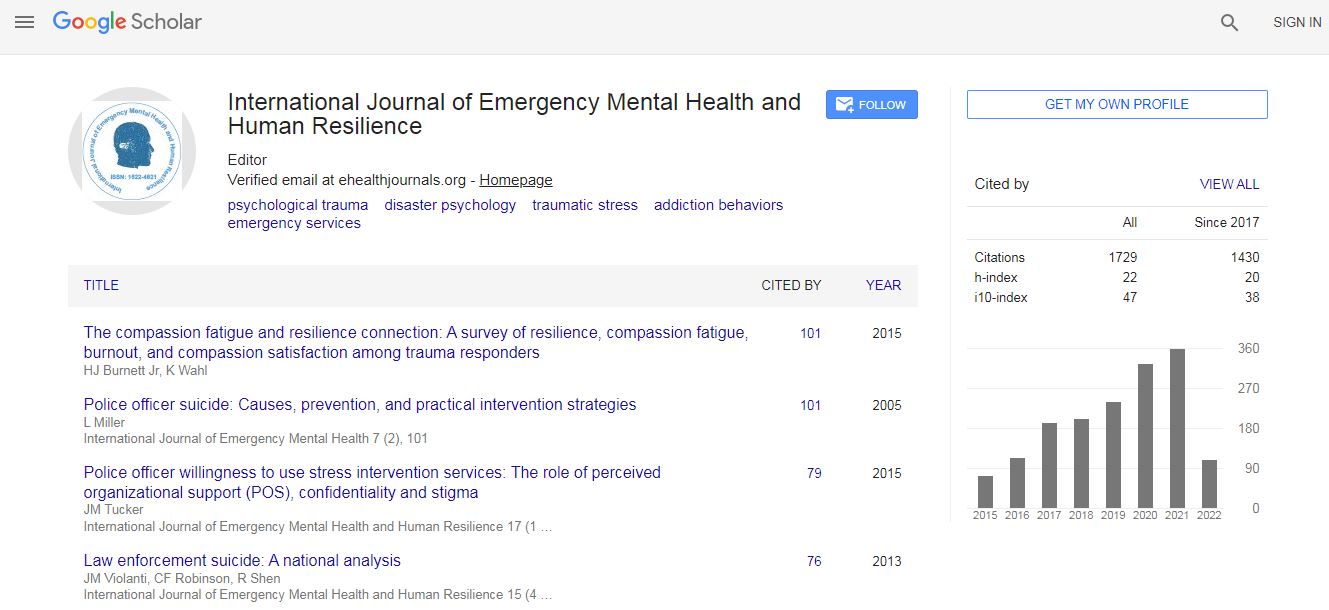Research Article
The Psychology of the Bullying Phenomenon in Three Jamaican Public Primary Schools: A Need for a Public Health Trust
Angela Hudson-Davis1, Paul Andrew Bourne2*, Charlene Sharpe-Pryce3, Cynthia Francis4, Ikhalfani Solan5, Dadria Lewis3, Olive Watson-Coleman6, Jodi-Ann Blake2, Carmen Donegon7
2Socio-Medical Research Institute, Jamaica
3Northern Caribbean University, Mandeville, Jamaica
4University of Technology, Jamaica
5South Carolina State University, USA
6Southern Connecticut State University, USA
7Cedar Valley Primary and Junior High School, Jamaica
Abstract
Background: The bullying phenomenon, an aspect of aggression, has gained attention in many countries thus making it a very important issue in schools. Many studies have been done on this issue resulting in deeper analysis and review on the matter because the matter covers physical, verbal or psychological acts of aggression that may be intentional, and, which may occur once or repeated over time. Objectives: This study seeks to examine the following research questions: 1) How is bullying manifested in grades 4-6 in primary schools identified for this study?; 2) What are the specific bullying behaviours exhibited by class bullies in grades 4-6?; 3) How does the behavior of bullies affect the conduct of classes?; 4) What are the characteristics of the students who are targeted by in-class bullies?, and 5) What strategies are currently used by the teachers to deal with bullying in class? Materials and Methods: Two hundred students were conveniently identified (n = 200) for the study in the three schools of which 153 participated in the survey (i.e., response rate of 76.5%). The sample comprises of pupils in grades 4, 5 and 6, which 67 pupils in grades 4 and 5, and 66 in the 6th grade. Likewise 50 students ages 9, 10, 11 and 12 years were recruited for participation, with the least respondents being ages 9 years (46%) and the most being 11 years old (94%). Results: The principals and guidance counselor reported that the bullying phenomenon is a daily occurrence at their schools and that on a daily basis they are called upon to address at least 3 cases and a maximum of 10 cases of bullying. All the parents in this study noted that the bullying phenomenon is widespread in primary schools in St. Thomas and that schools are now considered an unsafe environment. Of the 26 surveyed parents in this research, 92.3% indicated that ?schools are no longer fun for children to be anymore because of the bullying phenomenon. Conclusion: Now there is empirical evidence that the bullying phenomenon is creating psychological issues that extend beyond the aggressor to those around him/her. The psychology of the bullying phenomenon is far-reaching more than a social issue and as such clearly the psychology of the matter is crying out for public health efforts and/or intervention in Jamaica.

 Spanish
Spanish  Chinese
Chinese  Russian
Russian  German
German  French
French  Japanese
Japanese  Portuguese
Portuguese  Hindi
Hindi 